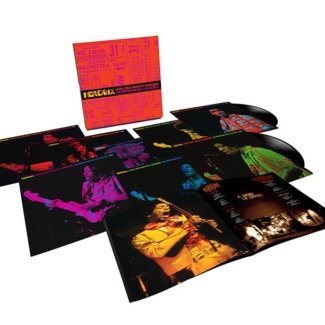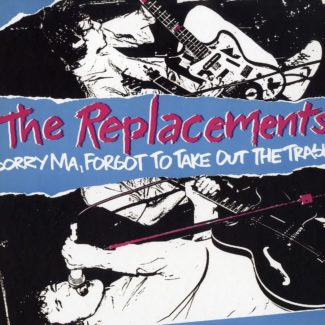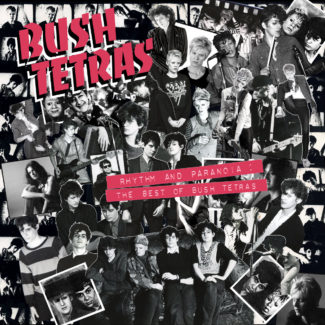
KUTX Music Editor Jeff McCord’s take on the box sets to buy this holiday season. Albums are rated on a five-point scale.
By 1969, Jimi Hendrix was America’s most successful rock star, but his band the Experience and their 1968 masterpiece, Electric Ladyland were both in the rear-view mirror. So was his triumph at Woodstock, where he had debuted his new expanded band Gypsy Sun and Rainbows, featuring his army buddy Billy Cox and Electric Flag drummer Buddy Miles. By year’s end, Hendrix was holed up writing new material. Much of it was visceral, longer and open-ended. He owed Capitol another album and decided that a live album was the way to get him off the hook. So he booked his band [now down to the black power trio Band Of Gypsys] for four shows over New Year’s at the Fillmore East. The resultant live album, 1970’s Band of Gypsys, was all selected and edited from the New Year’s Day sets. Though numerous other selections have surfaced from these shows, Groovy Children captures every note of the four concerts as they happened, with nearly two dozen previously unreleased performances. Most multi-concert sets can end up being a bore, with little deviation from show to show. Not here. You can almost chart the tempestuous guitarist’s moods over the four sets, all of which differ in structure. While plenty of repeated material, each show feels wiry and unpredictable. Hendrix improvises with a jazz musician’s fluidity, he rarely travels the same path. Hendrix always towered over his sidemen, and here, Buddy Miles’ songs, though Hendrix does his best to inject some creativity, pale in comparison. For his opening set, Hendrix tested his audience, performing nothing he had previously recorded. A few reworked faves start creeping back in – a speed-driven “Fire”, a slowed “Foxey Lady”, a trio of hits closing out the final set. But mostly it’s all about the new, the long rhythm and blues riffs, a few more complete like “Power of Soul”, and some unrecorded Experience leftovers – “Message to Love”, “Stepping Stone”, and the harrowing Vietnam-based epic “Machine Gun”. Getting three more versions of this alone is reason to delve into Groovy Children. The sound is remarkably good for a live recording from this period, and if the new band occasionally shows their nervousness, Hendrix’s intensity is white-hot. He might not have thought so. At the end of the first set, he thanks everyone for coming and offers up an apologia of sorts: “We’ll get it all together and come back and really do it, alright? One of these days.” One of these days would never come – Gypsys would perform only one more ill-fated show, and Hendrix himself would be dead by September. But Groovy puts us back in a time where anything seemed possible.
Review by Jeff McCord








